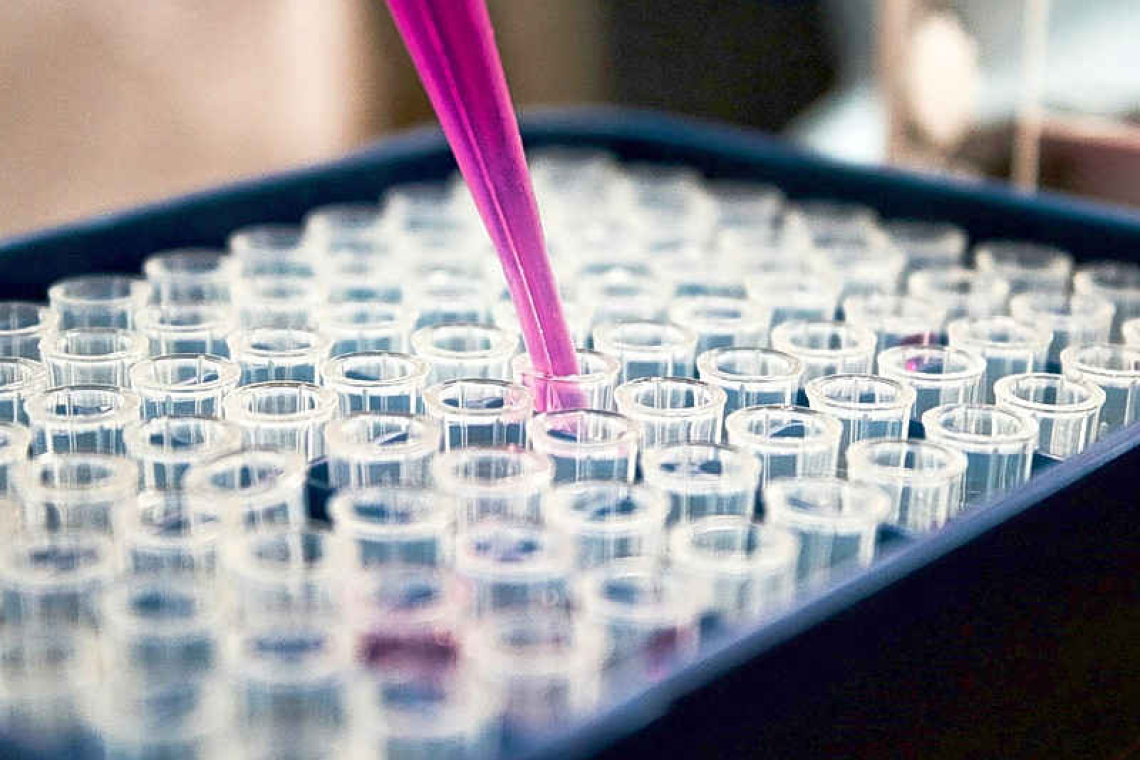By Dr. Colin Michie FRCPCH University of Central Lancashire.
Some ancient spells use objects from a consenting person – a piece of clothing, or perhaps a lock of their hair – in order to make a protective blessing or fertility spell. This is sympathetic magic. Similar ideas are now being used in cancer therapies which are based on tumour collected from a patient. They use immunology rather than witchcraft. Trials reported over the last two years suggest these are effective in quite large numbers of patients.
The immune system works like a border police system, removing invaders such as viruses, bacteria, fungi or parasites. Our defences remove abnormal or malignant cells too. These defensive battles continue throughout our lives, without our conscious knowledge, silently and efficiently. Tens to hundreds of potential malignancies are removed every day. This large number is because each of our organs is likely to develop mutations and abnormalities regularly. The skin, for instance, has many multiplying cells exposed to ultraviolet rays. We replace our entire skin in four to six weeks: this organ collects mutations at a high rate.
The gut has higher cell turnover: Its cells are exposed to acid, enzymes and large numbers of micro-organisms and are replaced every two to five days. However, immune surveillance is not always perfect. A tumour which is disguised or hidden from scouting immune cells can grow steadily. Malignant cells have a number of ways to turn off our watchful immune lookouts.
Cancer cells can grow in most of our tissues because mutations in their genetic material cause them to multiply and spread without control. Mutations are often different for each tumour; most cancers have several mutations. Once they start to grow, or when chemotherapy is given, even more new mutations often form in their cells. So a lung cancer from one person will not be the same as a lung cancer in another. The different mutations drive cancer cells to make new molecules or neoantigens on their surface. These layers of evasion make cancer treatments a challenge – they are one of the main reasons cancer treatments are not always successful.
Radiotherapy can reduce the size of a known tumour; surgery can be used to remove it. These strategies are limited. They often cannot tackle the spread of tumour cells to areas of the body such as bone, liver, lung or brain, so removing all of a tumour is not easy. Chemotherapies can be used to kill tumour cells, often directed at their rapid rate of growth. But some of these medications have damaging side effects in other areas of the body. Some recent new immunotherapies have fewer complications: they work by blocking the communication systems, hormone or growth receptors used by malignant cells. However, such treatments are not directed at the unique characteristics of a particular patient’s tumour and are not successful for everyone.
Advances in the analysis of DNA make it possible to find the genetic mutations in the cells of someone’s tumour within hours. These mutations can then be used to make a personalised messenger vaccine (mRNA). Some vaccines can include over 30 mutations to allow the precise definition of target tumour cells. When given back to the patient, this vaccine gives a reminder or command to their immune system to tackle the neoantigens. Immune cells are then alerted to recognise and remove the tumour cells they had previously ignored.
For melanoma, a recent vaccine trial found the vaccines reduced the risk of recurrence of this cancer by 44% in patients when compared with the standard approaches. Trials in lung, pancreatic and bowel cancers are underway. Safety problems have been rare, even when all the adverse effects from the various trials have been put together. Vaccines deliver a safe strategy with measurable benefits. Vaccines work for tumours that might otherwise not be treated easily too. Vaccines will be used in combination with or layered onto other treatments so as to build on and not lose any benefits of previous trials. It is not clear how long they will take to work, if the vaccine should be repeated or used only for spreading cancers.
The use of a tag-lock approach in the management of cancer, one of humankind’s most significant health hazards, may seem curious. However, tackling cancers requires as many varied weapons as work. Treatments are often more effective when used in combinations or sequences. Using a personalised approach can only be more effective too. The new cancer vaccines will be tested as previous therapies have been – we are sure to hear more of them in future.
Screening for cancers remains crucial to start any treatments as soon as possible. Have you had checks of your skin, bowel, prostate, cervix, breasts and tongue? The good news is that if a cancer is found, new treatments, including a possible personal spell, are now available.
Dr. Colin Michie is currently the Associate Dean for Research and Knowledge Exchange at the School of Medicine in the University of Central Lancashire. He specializes in paediatrics, nutrition, and immunology. Michie has worked in the UK, southern Africa and Gaza as a paediatrician and educator and was the associate Academic Dean for the American University of the Caribbean Medical School in St. Maarten a few years ago.







